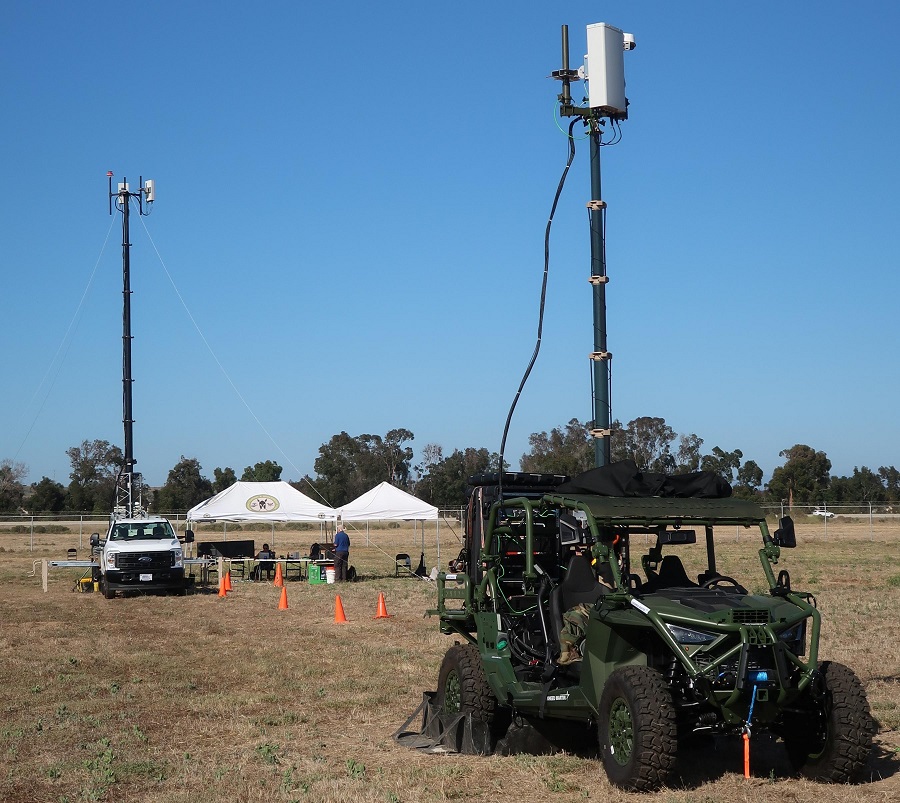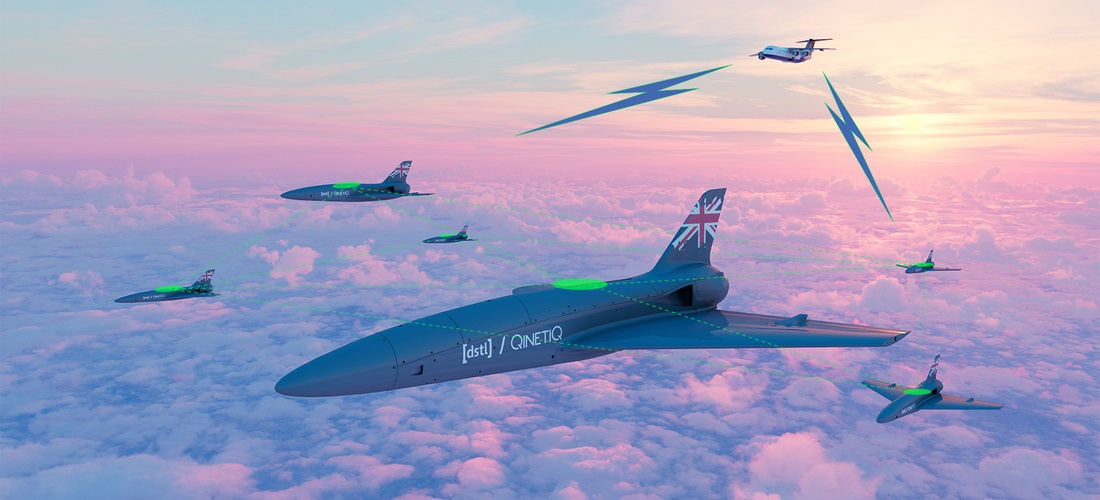Phase 2, experimentation, continues Lockheed Martin’s partnership with the USMC to integrate specific mission applications onto the OSIRIS 5G testbed for evaluation. In parallel, emerging wireless technology will be assessed and selected for use as part of the continued build out of the OSIRIS 5G testbed concluding with three distinct 5G standalone network configurations:
- Trailer-mounted 5G Nomadic Tower;
- ATV-mounted 5G Mobile Relay; and
- Transit case deployable 5G Operational Facility.
“The Lockheed Martin-led team, in close partnership with the U.S. Marine Corps has proven that quickly evolving 5G commercial technology can be leveraged in near real-time to solve current and emergent mission challenges,” said Deon Viergutz, vice president, Lockheed Martin Spectrum Convergence. “The OSIRIS program is leveraging Lockheed Martin’s experience maturing vendor-interoperable solutions based on open standards, which will enable a wide variety of composable 5G solutions tailored to any mission and platform.”
The Lockheed Martin-led team, with subcontractors Intel Corporation, Radisys Corporation and Rampart Communications, Inc., has worked closely with the PM team aboard Camp Pendleton, and the team will continue their close collaboration with the USMC and OUSD R&E over the next 15 months to test, evaluate and ultimately demonstrate the technology as part of a Fleet Marine Force (FMF) event in the Southern California region.
Increased Bandwidth, Faster Speeds in Minutes Instead of Hours
To progress from phase 1 to the experimentation phase, the team successfully integrated an Open Radio Unit (O-RU) with Lockheed Martin’s hybrid base station running Intel’s FlexRAN reference software and hardware technology including Intel Xeon processors, ethernet adapters and accelerators. This integration makes the OSIRIS system one of the first tactical 5G standalone small cell systems compliant with the Open-Radio Access Network (O-RAN) 7.2 split architecture.
O-RAN 7.2 split architecture compliance optimizes the OSIRIS system to oversee increases in bandwidth while also maximizing virtualization of shared resources like radios.
This is crucial to supporting the USMC’s Expeditionary Advanced Base Operations (EABO) goals, which involve Marines operating in contested environments with increased bandwidth requirements. Additionally, the OSIRIS system aims to reduce overall set-up time.
OSIRIS, a key initiative of Lockheed Martin’s 5G.MIL programs, will help address the need for test facilities that enable rapid experimentation and dual-use application prototyping. Here is how:
- The testbed will identify areas for further synergy between 5G networks and DOD platforms that will enhance customer capabilities.
- The infrastructure will allow for the connection of various 5G-ready user devices, sensors, vehicles, and endpoints to explore the military utility of commercial 5G technologies and pave the way for onboarding of new technologies from other OUSD investments while simultaneously addressing cybersecurity requirements.
- This capability will further enable and advance DOD’s Joint All Domain Operations concept.

























